Bobena supa is a combination of beans and herbs in a warm broth that reflects the Bulgarian soul. This article will guide you through all the important aspects of this Bulgarian bean soup.
You can find everything here, from the definition, necessary tools, and ingredients to the steps to create it. There are also invaluable tips to perfect your bobena supa. Moreover, I’ll show you what dishes to serve with it.
Let’s open your world to Bulgarian cuisine, starting with a detailed guide to this hearty and comforting Bobena Supa.
Bobena Supa: A Balkan Classic
Bobena supa (Бобена супа) is a traditional healthy dish from the Balkan region, particularly popular in Serbia, Bulgaria, and Macedonia. Also known as bobena soup, it typically contains local ingredients, like beans, vegetables, herbs, and spices.
This flavorful and nutritious dish is often served hot, with chili or hot pickled peppers being the garnishes. With crusty bread or Parlenka (Bulgarian flatbread), bobena supa makes a perfect soup or main dish.
Besides being tasty, this Bulgarian bean soup is also a great source of protein and fiber, making it a nourishing and comforting choice.
Regarding cultural importance, bobena supa is often associated with hospitality and communal gatherings. It usually appears during local festivals and family occasions, symbolizing warmth, nourishment, and unity.
Whether enjoyed during the colder months or as a comforting meal year-round, this bean soup is a true Bulgarian culinary treasure.
Which Tools Do You Need for Bobena Supa?
Bobena supa only needs several simple, basic tools. Each piece of equipment has its own use, as discussed below:
Which Ingredients Does Bobena Supa Require?
Bobena supa obviously requires beans, as its English name, Bulgarian bean soup, indicates. Besides that, there are other necessary ingredients for Bobena Supa:
What Is the Step-by-Step Guide to Cooking Bobena Supa?
Cooking bobena supa is easy. The most important steps are cooking the beans and letting them simmer with other ingredients for more flavors. Let’s check all the details now!
Step 1: Prepare the Beans
Place 1 cup of swashed and cleaned white beans in the pot. And pour about half a liter of water (a finger above the beans).
Bring the pot to the boil on medium heat. Let it boil for about 15 minutes, then strain the beans.
Step 2: Cook the Beans
Pour about 1.5 liters of water into the pot and add the beans. Bring the pot to a boil at medium heat.
Once it boils, reduce the flame to low and simmer until the beans are tender.
Meanwhile, finely chop the 1 onion, 1 carrot, and 1 red pepper. Prepare the spices; if you use fresh spices, finely chop them.
Add chopped vegetables, 0.5 teaspoon of salt, and 1 teaspoon of paprika to the soup when the beans have softened.
Cook it on low heat for another 30 minutes.
Add the spices and let the soup simmer on low heat for 10 minutes, so the flavors can blend.
Step 3: Serve the Soup
Serve bobena supa warm, sprinkled with more spices and chili.
How to Get the Best Flavor in Bobena Supa?
Although I think cooking bobena supa doesn’t require any tricks, there are several small details to pay attention to during the cooking process.
What Are the Best Sides for Bobena Supa?
Bobena supa can go with many side dishes, such as meat, cheese, or bread. Each brings a different layer of flavor to this Bulgarian soup. Here are some detailed suggestions:
Bobena Supa: Capturing Bulgarian Tradition
Bobena supa is truly a delectable culinary revelation. This Bulgarian bean soup has testified that simple ingredients can create memorable dishes. Now is your turn to discover this charming soup, perfect for any season!
Remember to share your unique bobena supa experience in the comments. And if this recipe has caught your attention, hit the like button and share it with your fellow food enthusiasts!
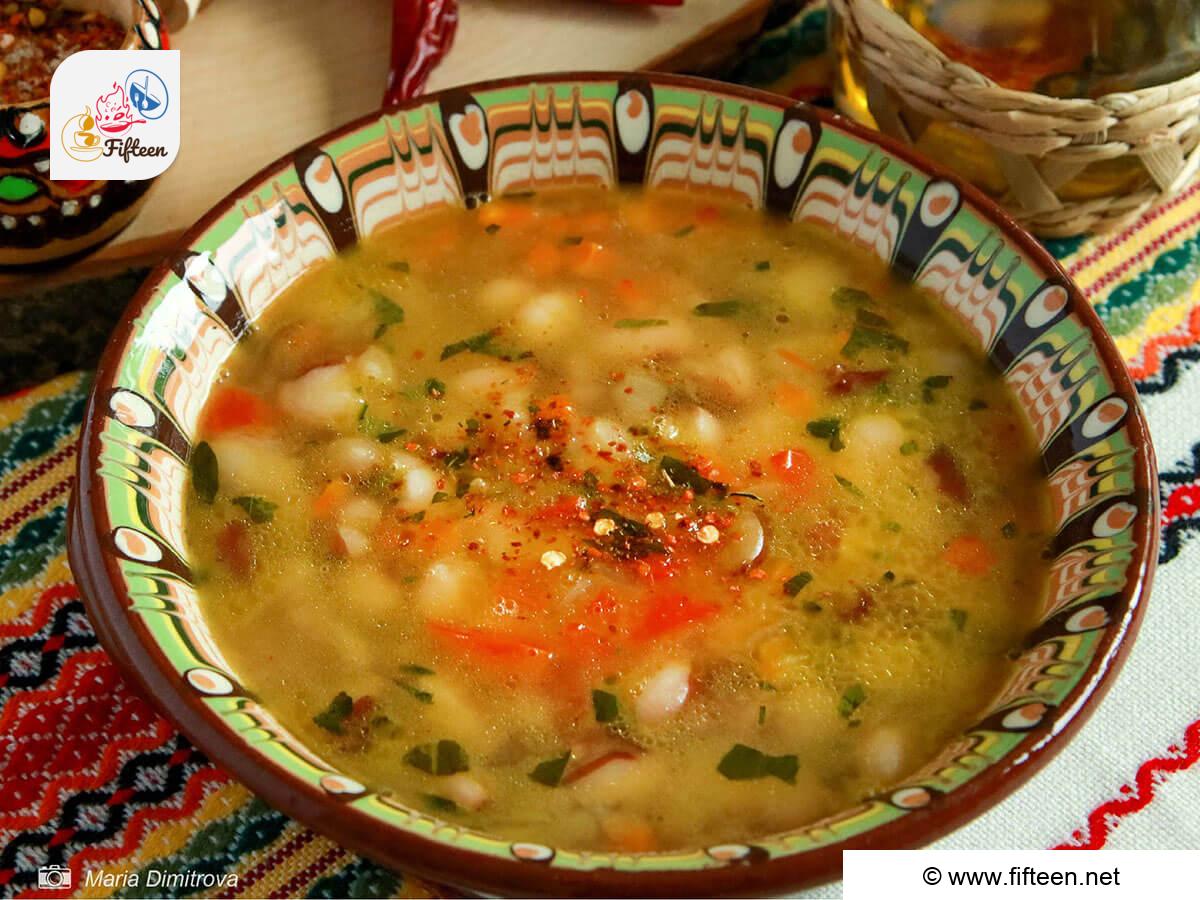
Bobena Supa Recipe (Bulgarian Bean Soup)
Equipment
- Pot
- Wooden or bamboo cooking spoon
- Strainer
- Cutting Board
- Knife
Ingredients
- 1 cup of white beans washed and cleaned
- 1 brown onion
- 1 carrot
- 1 red pepper
- 5 tablespoons of olive oil
- 1 teaspoon of fresh thyme leaves Optional: 0.5 teaspoon of dried thyme
- 1 teaspoon of paprika
- 1 teaspoon of fresh Mentha spicata Optional: 0.5 teaspoon of dried Mentha spicata
- 0.5 teaspoon of salt
- 2 liters of water
Instructions
- Place the beans in the pot. Pour in half a liter of water. Make sure the water level is a finger above the beans.
- Boil the pot over medium flame. Let it boil for 15 minutes, then strain the beans.
- Again, pour 1.5 liters of water into the pot and add the beans. Bring the pot to a boil at medium heat.
- Once boiled, simmer it at low heat until the beans are tender.
- While waiting for the beans, finely chop the onion, carrot, and red pepper. If you use fresh spices, finely chop them as well.
- When the beans have finished, add vegetables, salt, and paprika. Keep cooking it at low heat for 30 minutes.
- Next, season the soup with all the spices. Let it simmer over low flame for another 10 minutes.
- Serve bobena supa warm, sprinkled with some spices and chili.
Video
Notes
- The total time above is only based on 5 servings.
- The best substitutes for Mentha spicata are dried savory or oregano. Regular mint is unsuitable due to its overpowering flavor.
- If using dried beans, remember to soak them overnight.


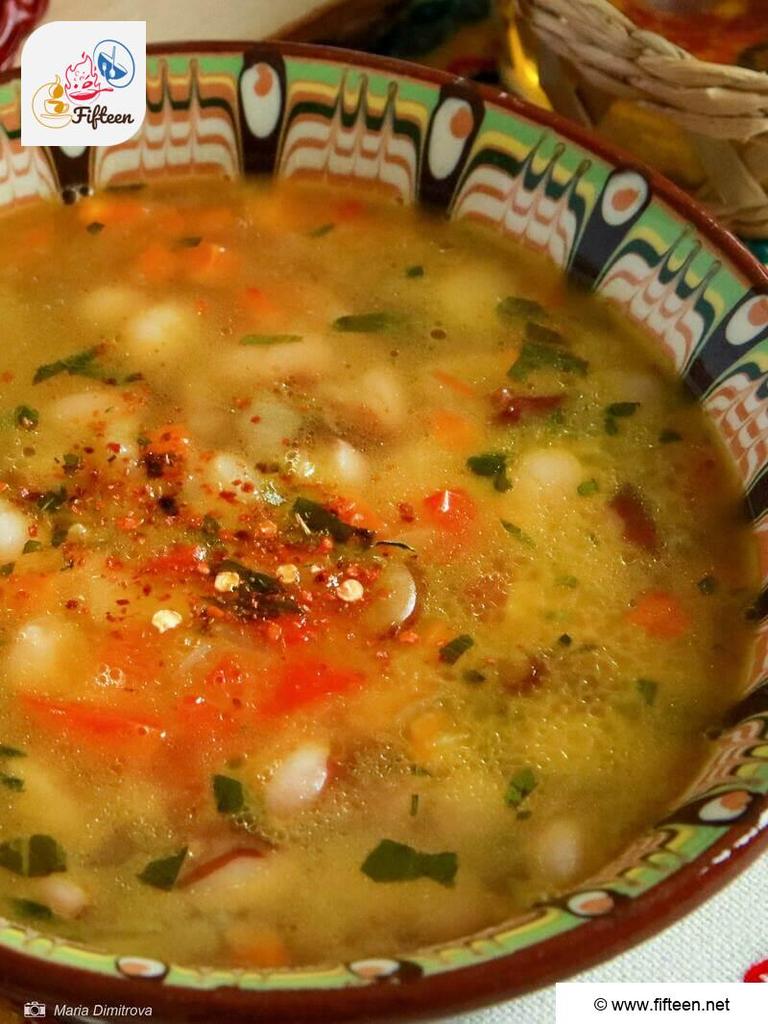
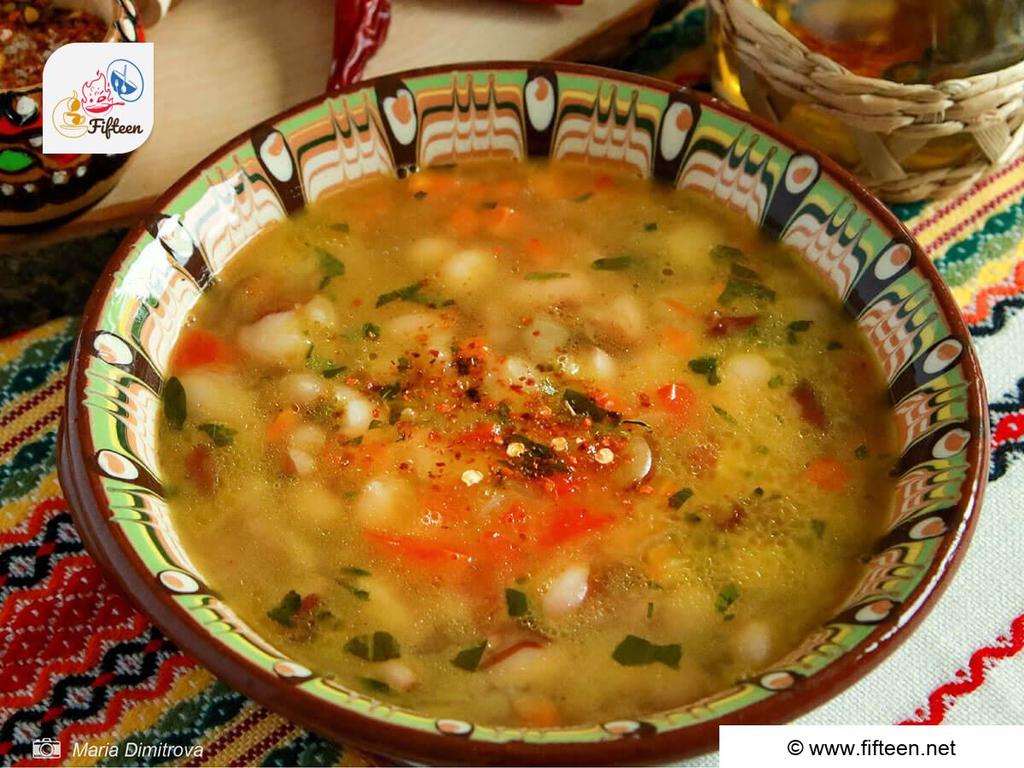
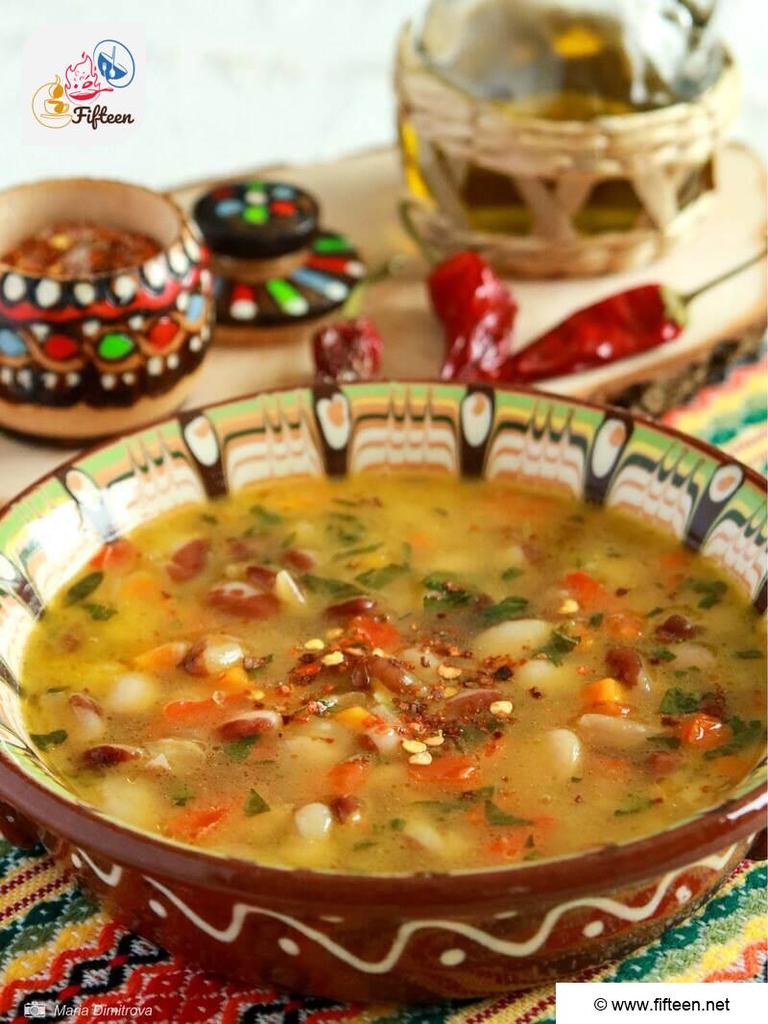
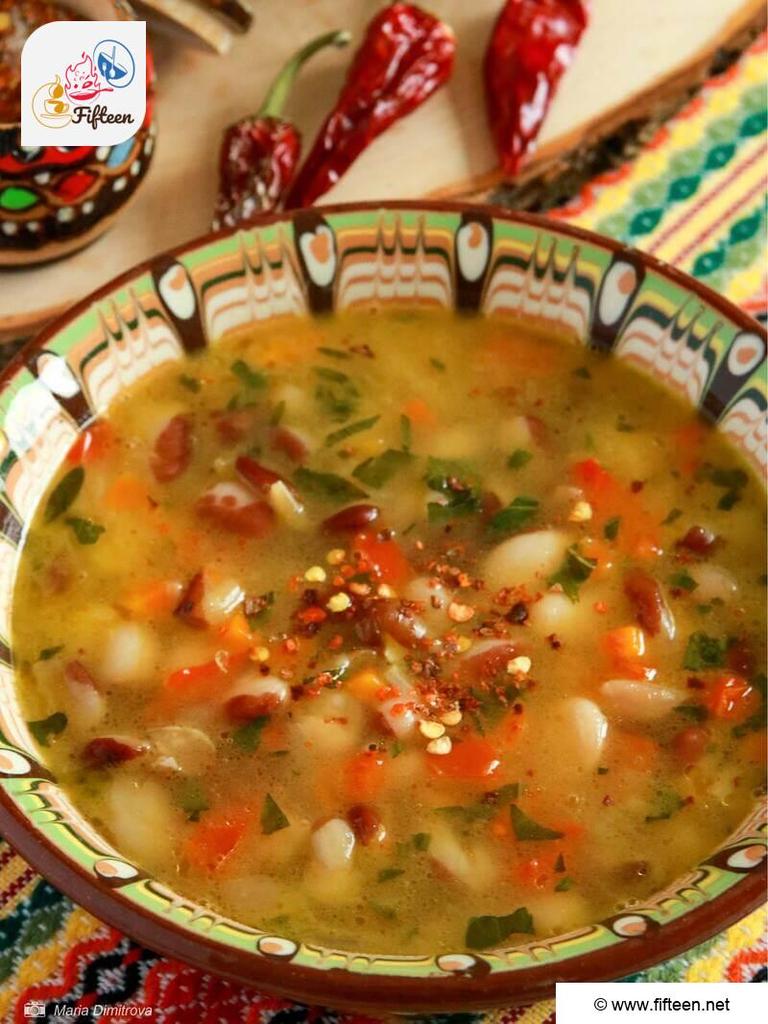
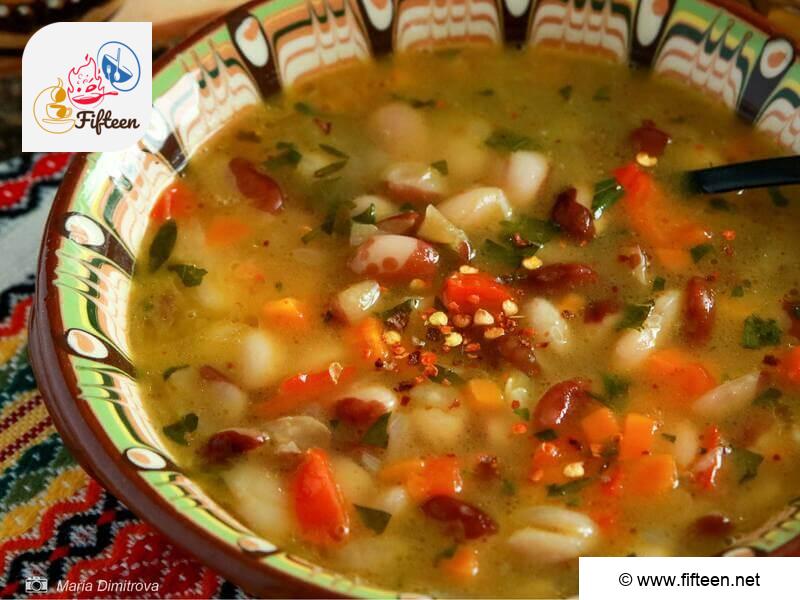
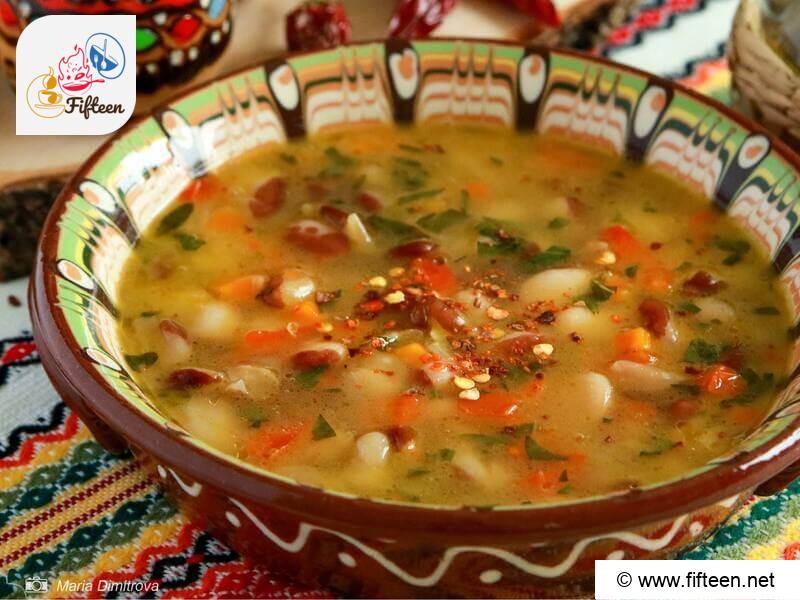
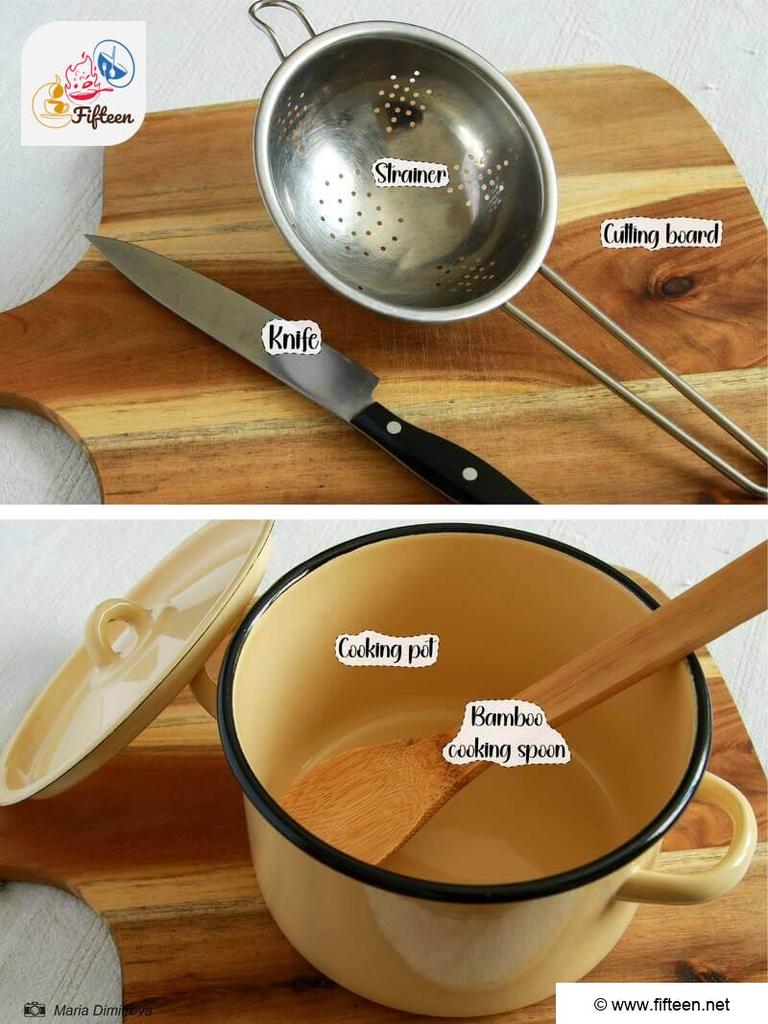
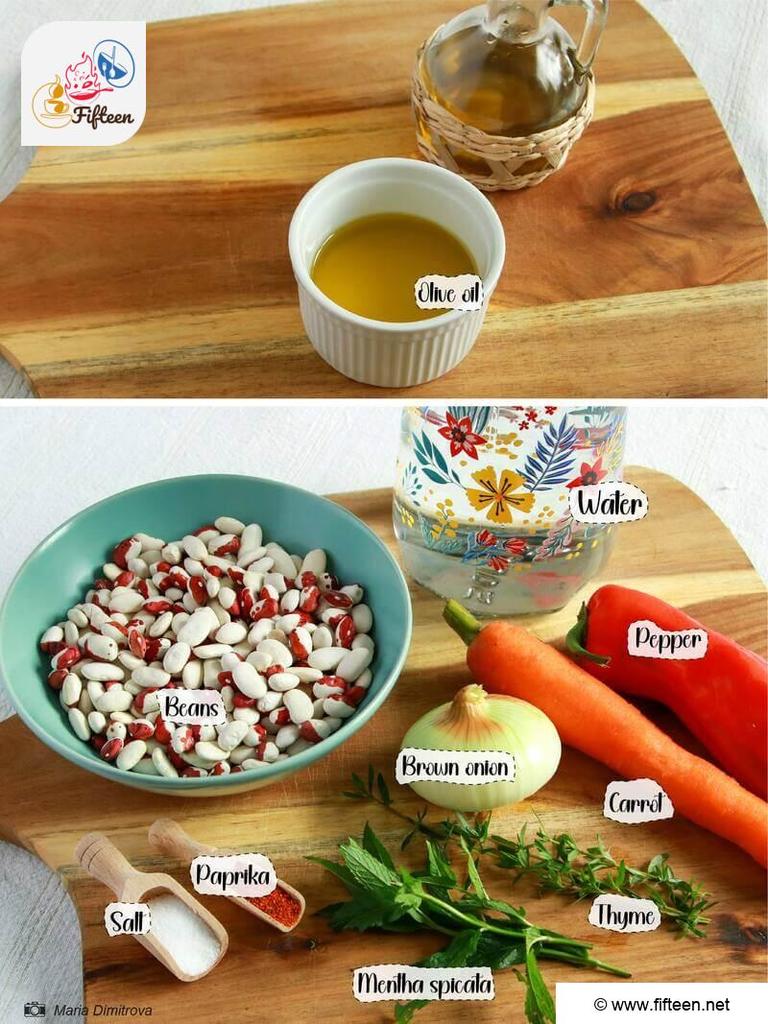
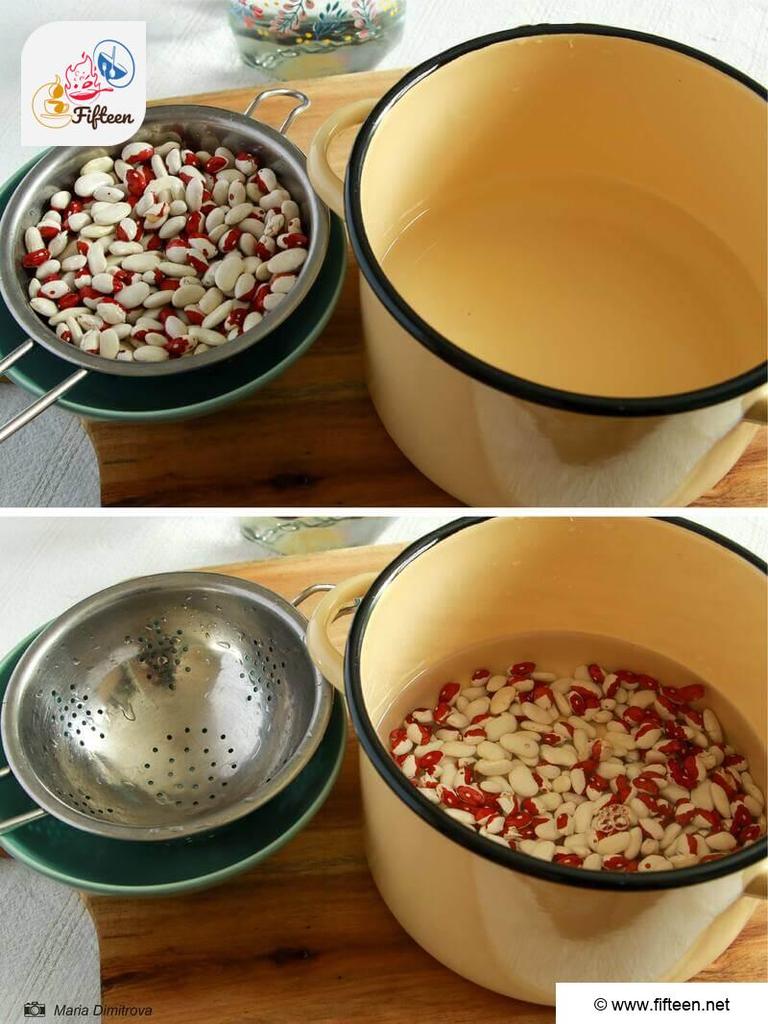
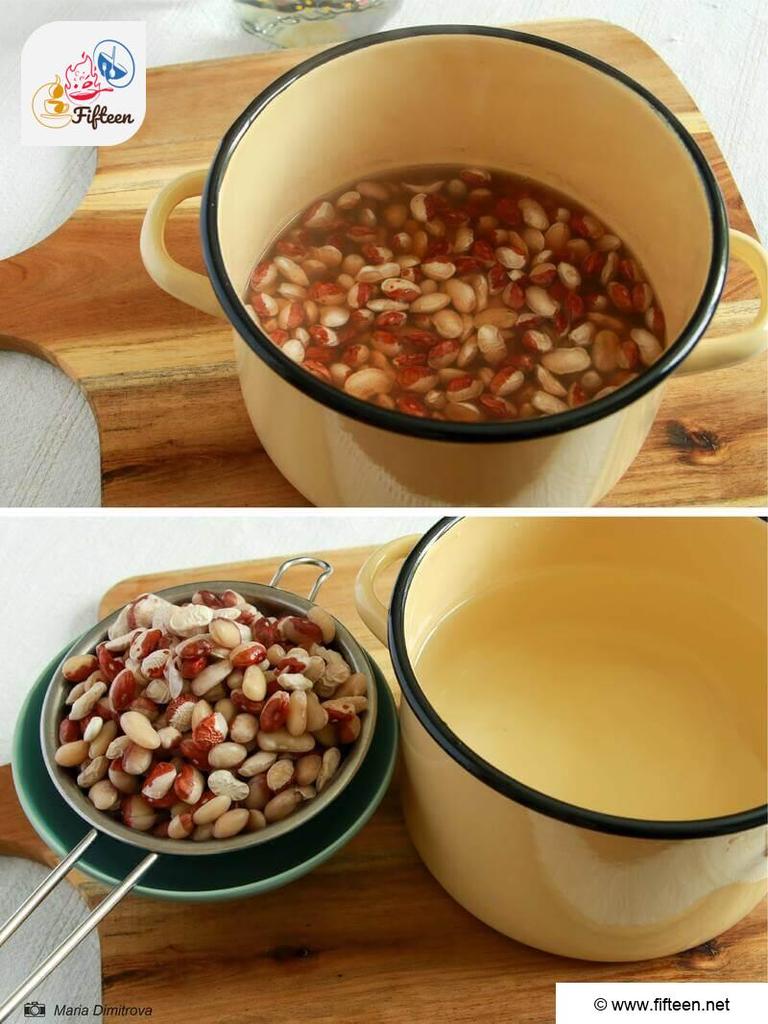
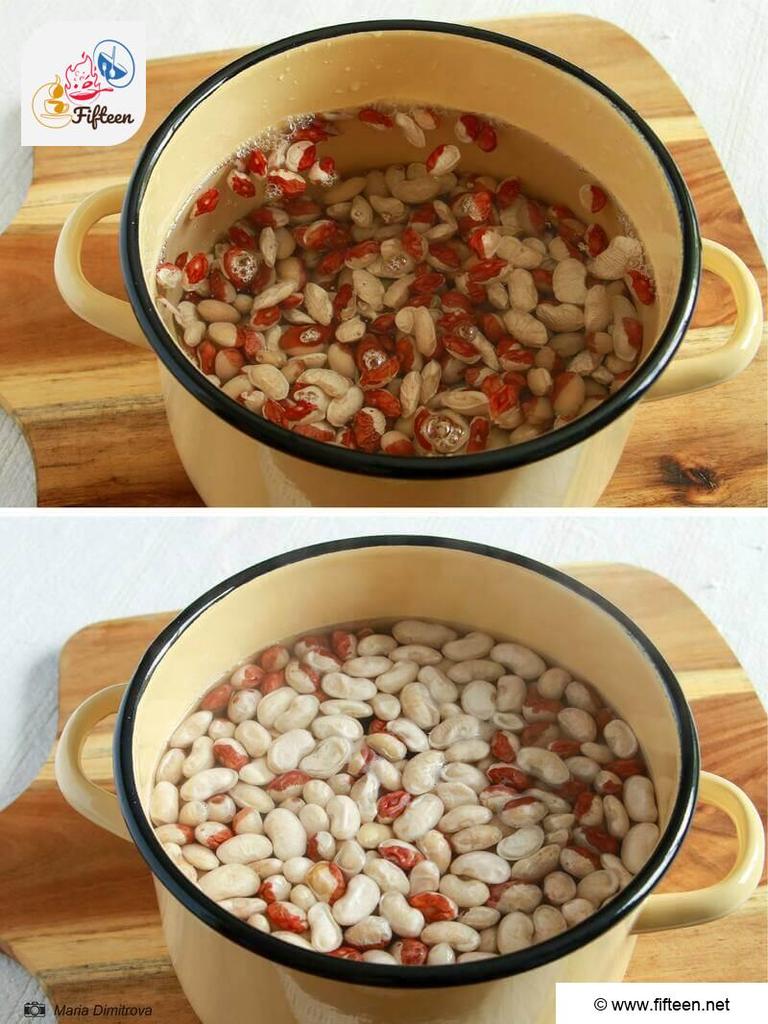
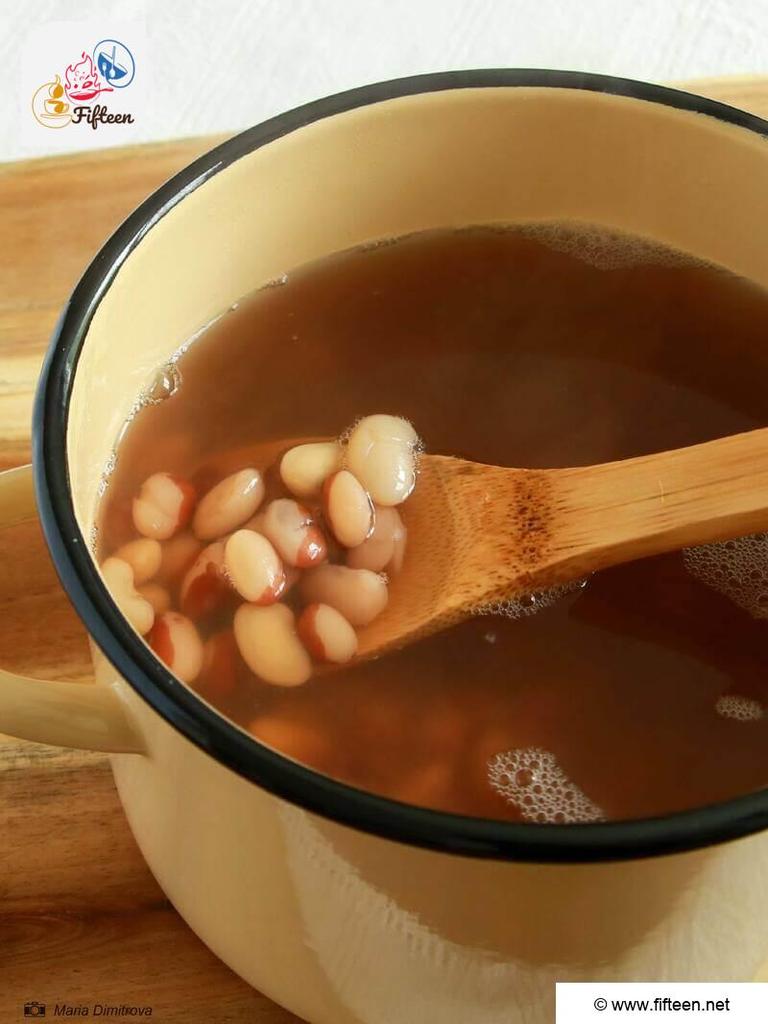
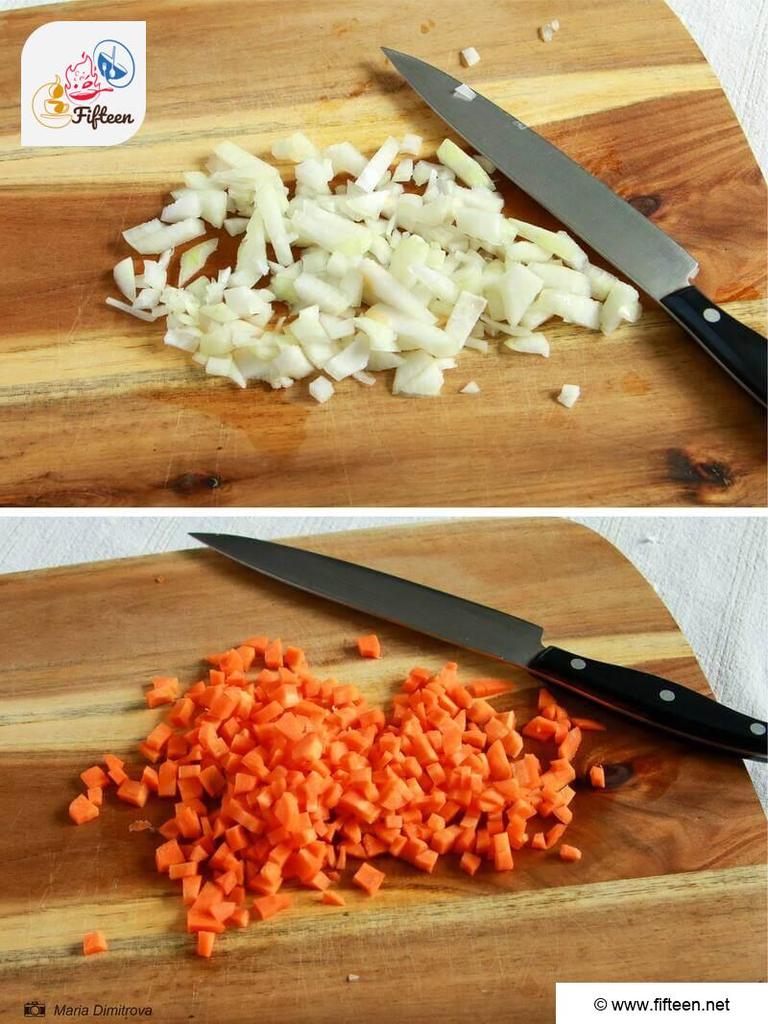
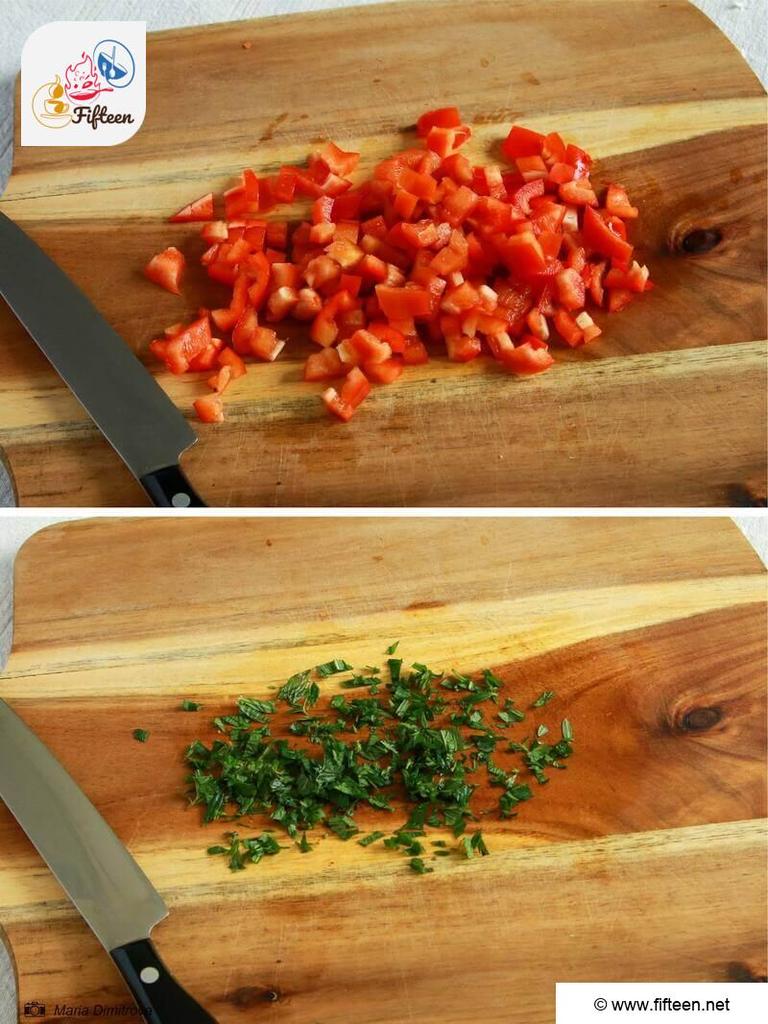
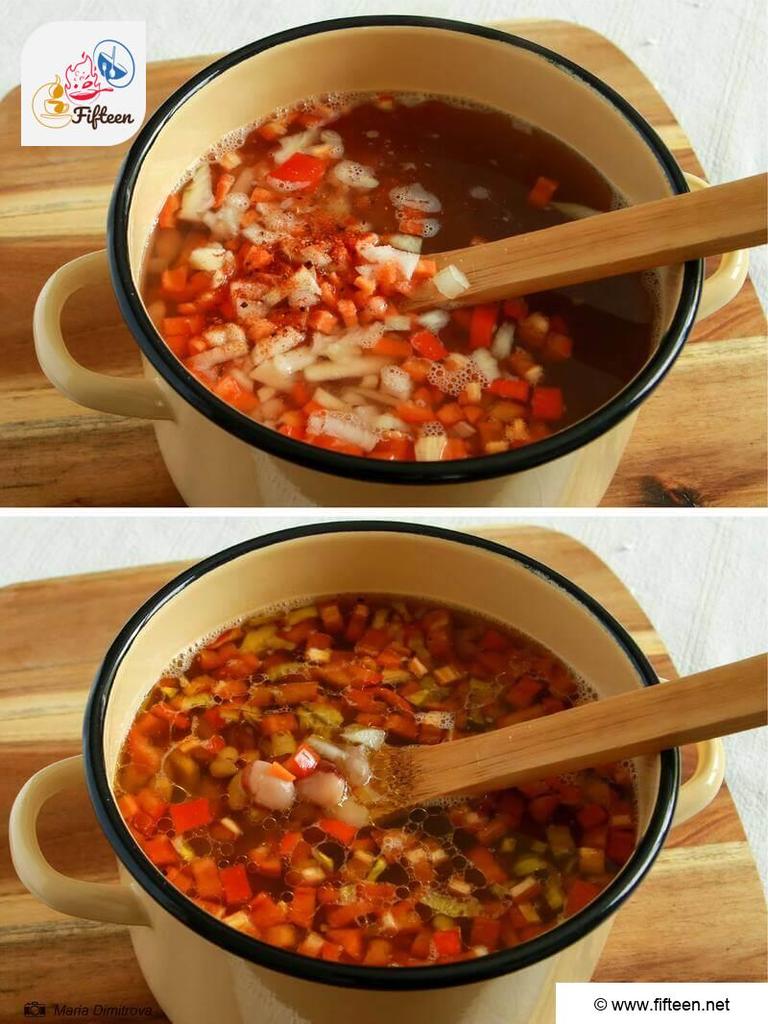
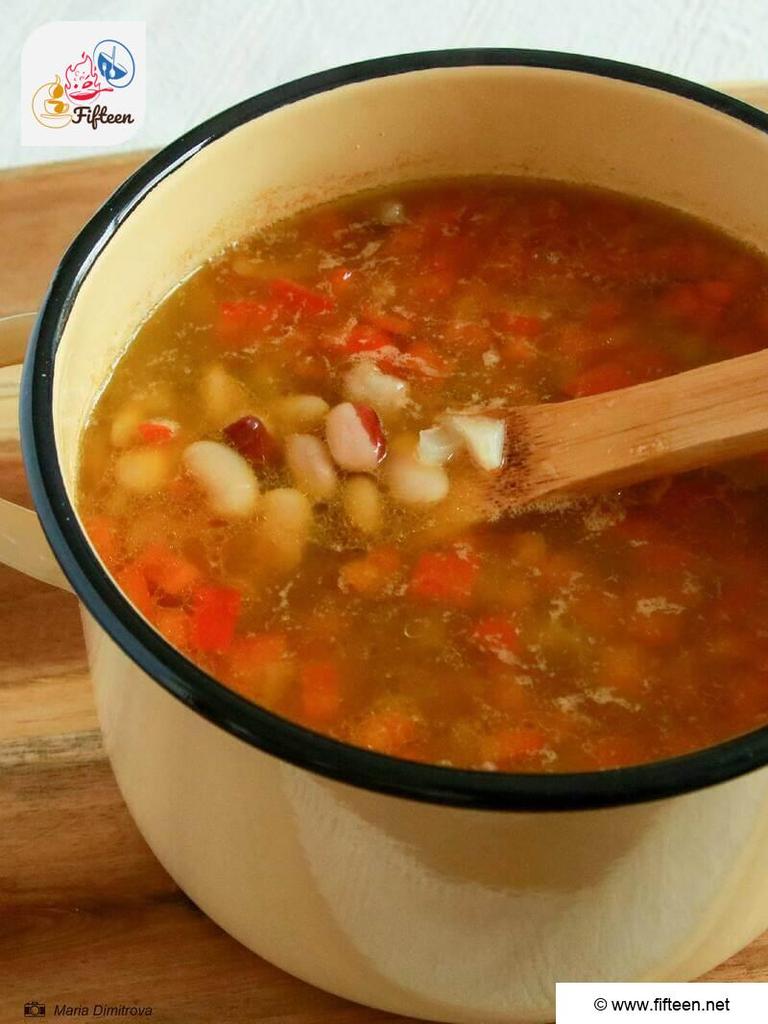
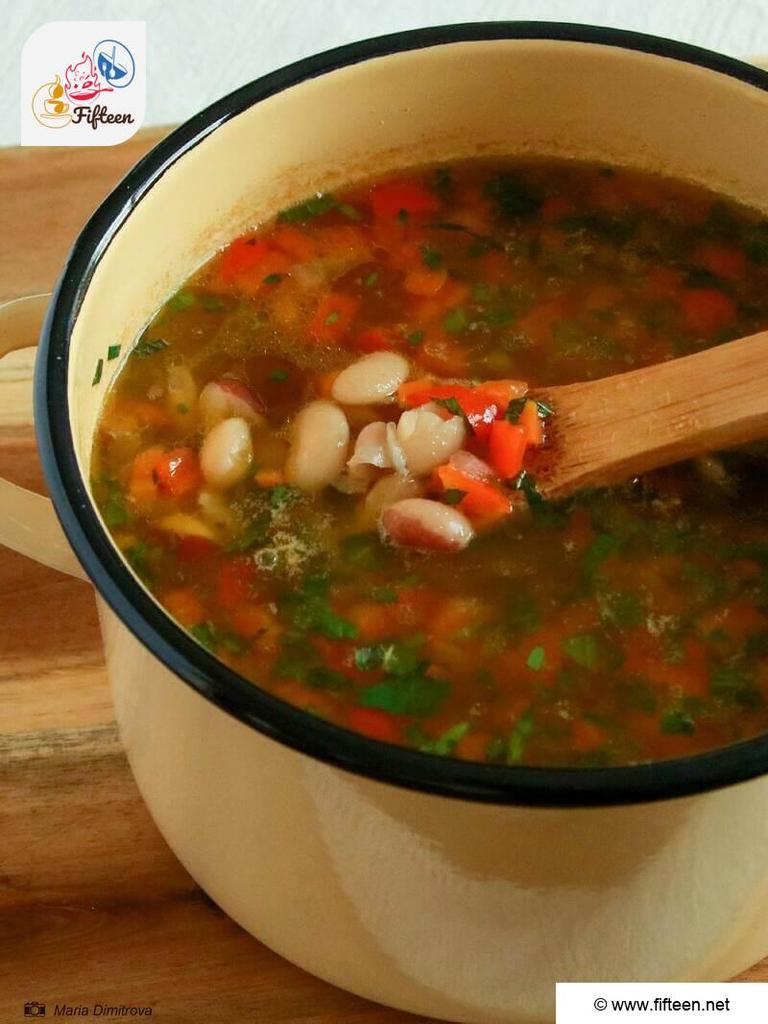

Mia Dimitrova
Content Writer
Expertise
Home Cooking, Meal Planning, Food Styling, Food Photography, Culinary Storytelling, Cooking-video Maker, European Food Content Creator, Bulgarian Food Evaluation Expert
Education
Sofia University “St. Kliment Ohridski”
Completed a thesis titled “Bulgaria on a Plate: A Photographic Journey through our Gastronomic Legacy.”
European Culinary Arts Academy
Maria Dimitrova, or Mia, is a Contributing Writer from Sofia, Bulgaria. Her work beautifully intertwines the rich flavors of Bulgarian and European dishes with their visual storytelling, capturing the soul of each cuisine. Through engaging content and stunning photography, Maria explores the intricate relationship between food’s aesthetic appeal and cultural history.
Specializing in home cooking, food styling, and photography, she brings European culinary traditions to life, offering a unique glimpse into Bulgaria’s gastronomic heritage. Maria’s expertise highlights her deep appreciation for culinary art and invites her audience to embark on a flavorful journey through Europe’s diverse food landscape.